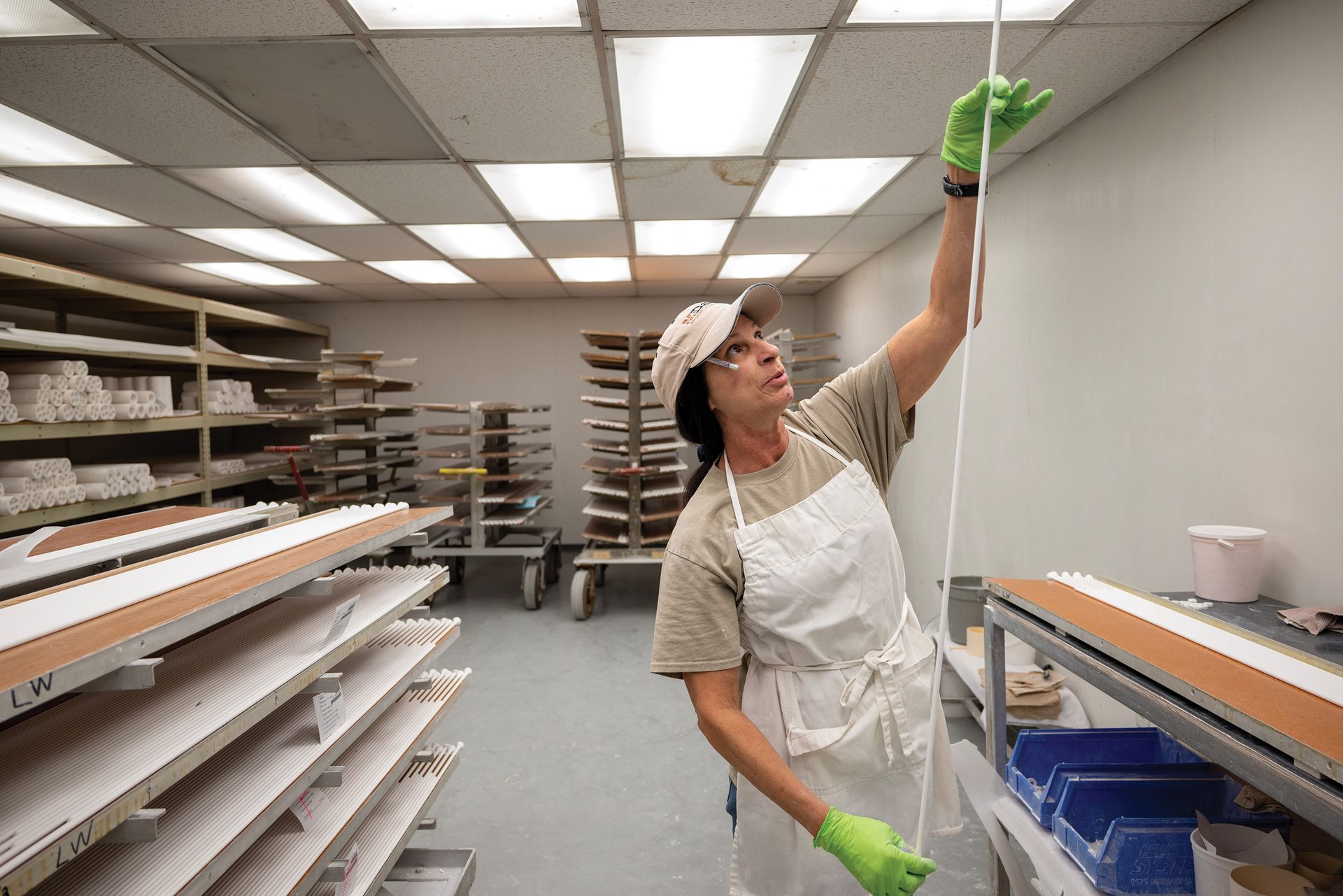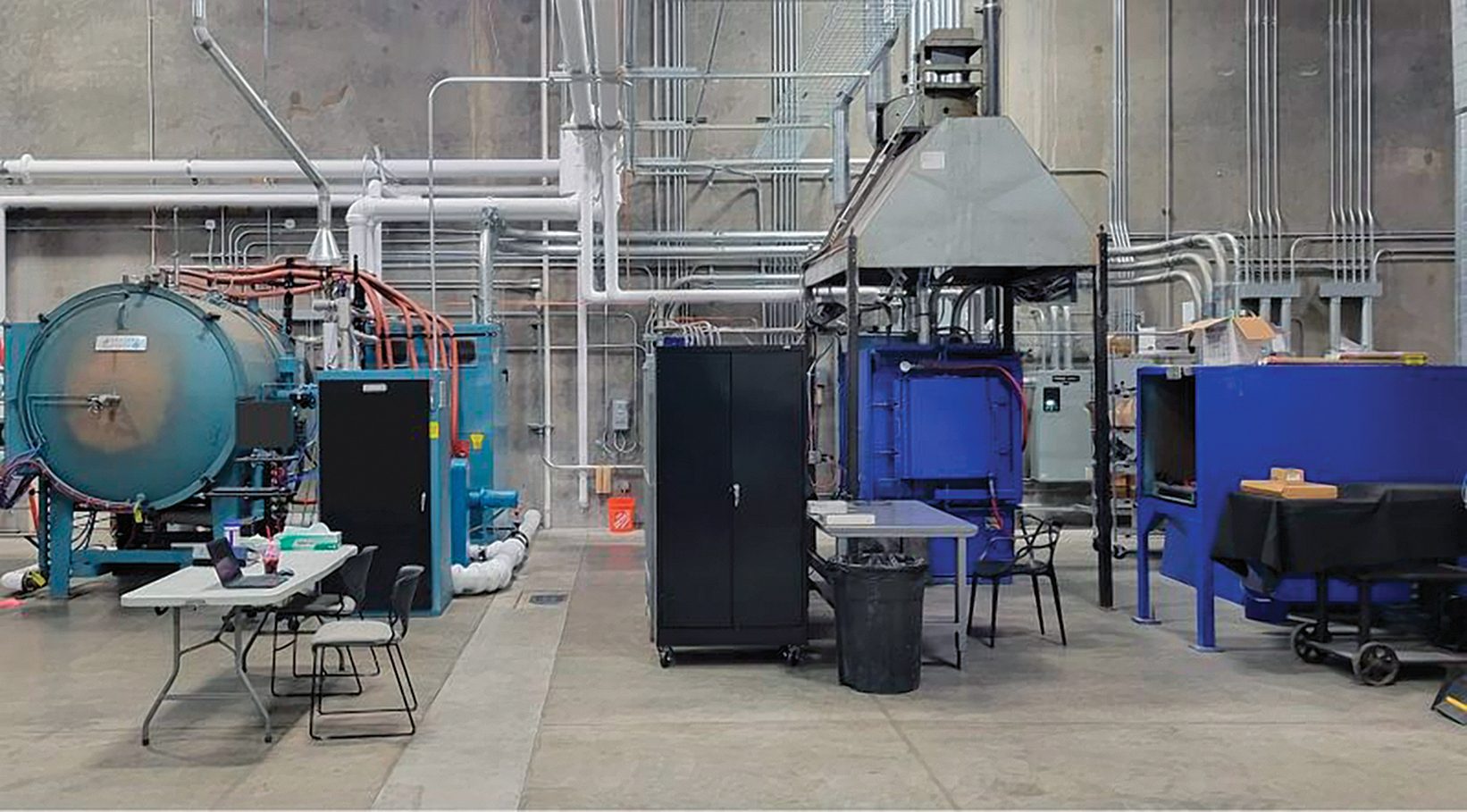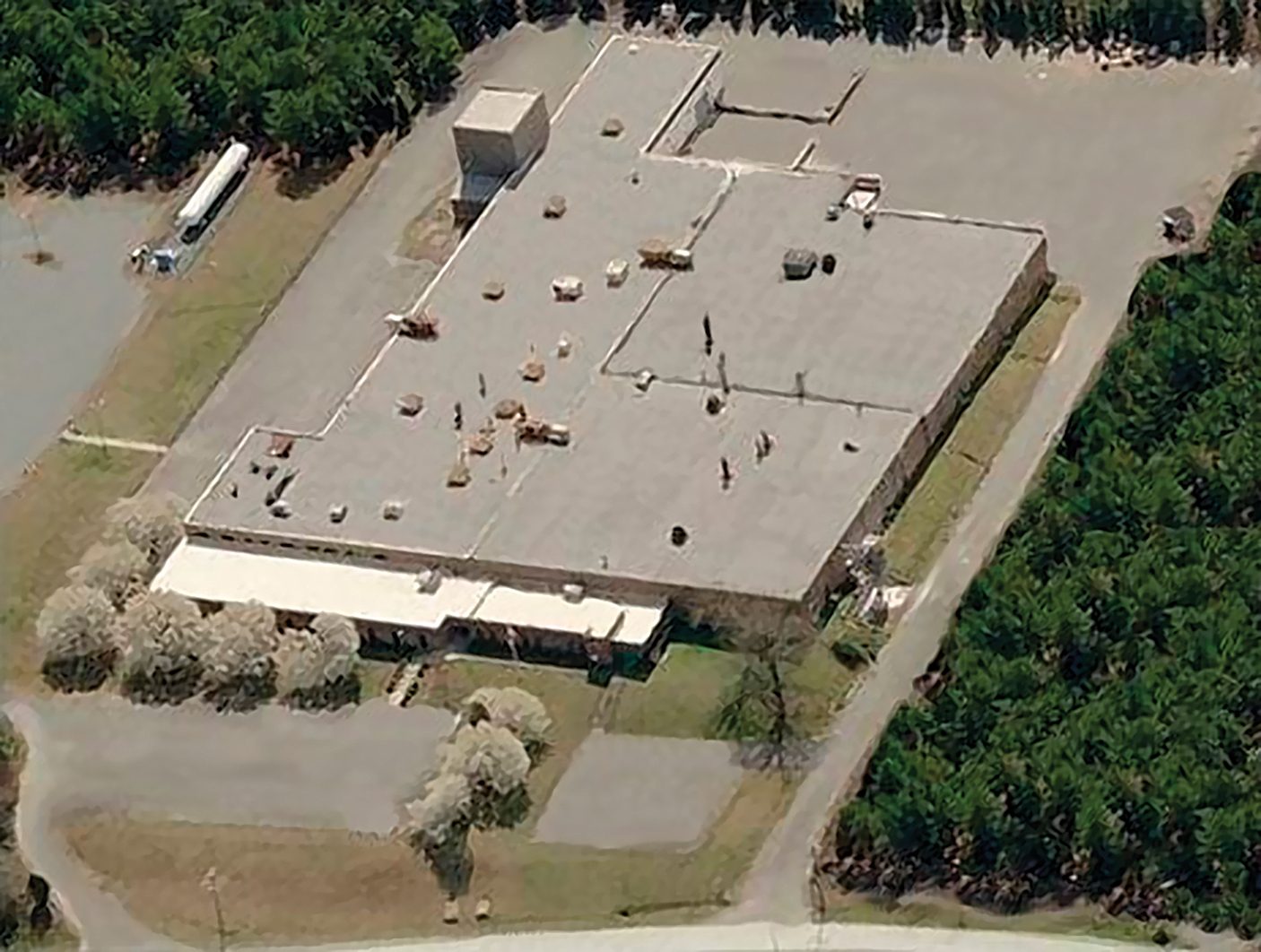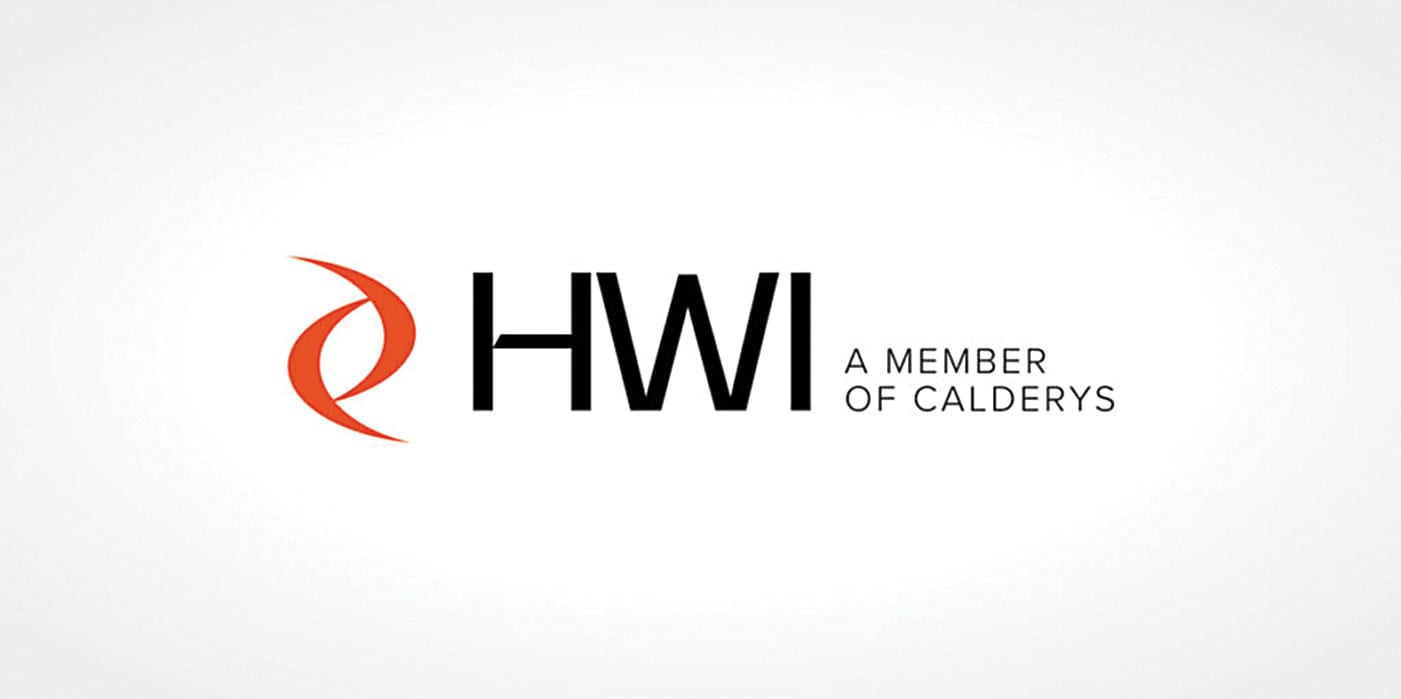
Building your business: Effective strategies to ignite growth
By David Holthaus
Earlier this year, a 105-year-old manufacturer announced it had changed its name. To the observer, the new name was not a major change, but it reflected the company’s strategic decision to expand into new markets.
McDanel Advanced Ceramic Technologies, a company started by the McDanel family in 1919, formally changed its name to McDanel Advanced Material Technologies. The new appellation signified McDanel’s strategic plan to expand its technology portfolio, which was historically focused on high-purity advanced ceramics. Now, McDanel provides a broader range of material technologies and solutions focused on applications in the aerospace, defense, medical, and semiconductor markets.
“All our new business development efforts are moving toward that direction and growing the business in those four key sectors,” says Jason Salley, vice president of sales for the Beaver Falls, Pa.-based company.
As businesses both old and young look to keep growing, they can draw from a playbook of growth strategies that deliver results when carried out effectively. In McDanel’s case, the company is using several growth strategies following its acquisition in 2022 by Artemis Capital Partners, a Boston-based private equity firm focused on buying and building differentiated manufacturers of industrial technology. Learn about the growth strategies that McDanel and other companies are deploying in the following sections.
McDanel Advanced Material Technologies plans to focus on four high-growth markets in the future: aerospace, defense, medical, and semiconductors.
Credit: McDanel Advanced Material Technologies

McDanel Advanced Material Technologies plans to focus on four high-growth markets in the future: aerospace, defense, medical, and semiconductors.
Credit: McDanel Advanced Material Technologies
New markets
McDanel works with thousands of customers who buy its traditional line of tubular advanced ceramic products that provide protection in corrosive, high-temperature, and high-stress environments. Its products are mainly used in the furnace and heat-treatment industries, but those markets can be cyclical and static, traits that do not usually lend themselves to strong growth.
“We had to really get strategic about what we wanted the business to be and what we wanted to focus on,” Salley says. McDanel will continue to serve its traditional core customers, he says, but their future progression will be focused on four markets: aerospace, defense, medical, and semiconductors.
“We want to focus on highly technical, what I call highly ‘sticky’ markets and applications,” Salley says. “These are the most technical applications that exist in the market.”
Getting qualified to provide those applications can eliminate some cyclicality and also provide an entry point to serve legacy customers in new ways, he explains.
McDanel has a portfolio of high-purity materials and a range of machining and R&D capabilities. Pictured is one of the company’s traditional tubular advanced ceramic products.
Credit: McDanel Advanced Material Technologies

McDanel has a portfolio of high-purity materials and a range of machining and R&D capabilities. Pictured is one of the company’s traditional tubular advanced ceramic products.
Credit: McDanel Advanced Material Technologies
SINTX Technologies is another company that has branched into new markets. The Salt Lake City, Utah-based company’s core product is silicon nitride, which traditionally is used in biomedical applications. In 2021, the company entered the armor market, installing equipment and renovating a facility in Salt Lake City to provide high-performance ceramic armor plates for personnel, aircraft, and vehicles. With the expansion, the company says it is poised to capture a portion of the global ceramic armor market, which is projected to reach $3.5 billion in 2027.
“Our expertise in advanced ceramics has positioned us as a leader and innovator in the protective armor industry well into the future,” says Sonny Bal, CEO of SINTX.
SINTX Armor, a 10,000-square-foot facility in Salt Lake City, Utah, manufactures high-performance ceramic armor plates for personnel, aircraft, and vehicles.
Credit: SINTX Technologies

SINTX Armor, a 10,000-square-foot facility in Salt Lake City, Utah, manufactures high-performance ceramic armor plates for personnel, aircraft, and vehicles.
Credit: SINTX Technologies
Acquisitions
In March 2024, McDanel announced it had acquired Rayotek Scientific, a manufacturer of advanced optical window and mirror systems for the aerospace, defense, space, and semiconductor industries. Founded in 1992 by a group of physicists and nuclear engineers, the San Diego-based company specializes in sapphire, glass, and fused silica windows, mirrors, and other optical systems.
“They add a new dimension to our portfolio and give us a broader scope of materials and capabilities that we can bring to bear,” Salley says.
More acquisitions are planned, with the current goal to “purchase two to three acquisitions to bolt on to the McDanel platform, all geared around our four core markets,” Salley says.
Acquisitions can be a way to quickly enter new markets. In October 2023, Du-Co Ceramics launched a new metallized product line that generates parts for high-current feedthrough capacitors, transformers, EMI filters, and other systems for the electronics market. Du-Co entered the market through the acquisition of New Jersey-based Mitronics Products.
Saxonburg, Pa.-based Du-Co manufactured custom, green-machined, and glazed ceramic components for Mitronics for several decades when the acquisition took place.
“They were ready to exit the business and reached out to us to see if we had interest in acquiring them,” says Tom Arbanas, Du-Co’s president. “Since the core of their product was made by Du-Co Ceramics, it made perfect sense for us to proceed with the acquisition and enter this new market.”
Du-Co Ceramics moved equipment from a recent acquisition into its Monroe, N.C. plant, where it has room to grow.
Credit: Du-Co Ceramics

Du-Co Ceramics moved equipment from a recent acquisition into its Monroe, N.C. plant, where it has room to grow.
Credit: Du-Co Ceramics
SINTX entered the armor market through an asset purchase agreement with B4C, LLC of Dayton, Ohio, which enabled the acquisition of equipment and technical processes required to make ballistic armor plates.
“This acquisition is a very significant diversification of our products into the U.S. military, Department of Defense, and law enforcement segments,” Bal says.
Key acquisitions can also help accomplish strategic goals quickly. In November 2023, glass maker Verallia finalized the acquisition of three companies from the Santaolalla Group that brought it five new glass waste processing plants in Spain and Portugal. The investments are part of the Madrid-based company’s strategy of increasing the percentage of cullet use in its production process and will help it make progress toward its carbon-dioxide reduction targets, the company says.
“This acquisition and the investment we are doing all over Europe to increase our cullet capacity treatment is fully aligned with our ESG [environmental, social, and governance] roadmap,” Verallia CEO Patrice Lucas says.
Focus on quality and customer service
Providing top-flight products and exceptional customer service builds a loyal customer base and earns repeat business.
Lithoz GmbH, the Vienna-based provider of ceramic 3D printing systems, reported that 2023 was a record year of growth, with a 30% increase in 3D printers sold in 2023 over 2022. Most of its machines sold in 2023 were to customers that already owned multiple Lithoz printers, the company says.
“By establishing these interconnected machine parks, Lithoz is driving the growth of serial production in ceramic 3D printing,” says Johannes Homa, Lithoz CEO. “We’re working consistently with our customers to scale up to mass production.”
One of its customers, German manufacturer Steinbach AG, used Lithoz technology and serial production to meet a demand for 12,000 tiny but complex parts per year for a maker of surgical robots.
Lithoz also provides supporting software, training, and expertise to allow its customers to achieve that level of serial production, says spokesperson Alice Elt.
“We really want to enable the serial production of highly improved, more functional, and efficient parts,” she says. “We have already seen a lot of interest in this idea of part customization for improved functionality, especially when looking at the medical field, and see this offering as likely being a major factor for our growth in coming years.”
Invest in innovation
Innovation helps businesses stay competitive by offering products, services, or processes that differentiate them in the market and open new revenue streams and opportunities.
At Bosch GmbH, the 138-year-old manufacturer created an internal startup incubator now called “grow platform,” which finances and scales digital business model innovations that originate from its corporate research and development arm, its business divisions, or its regional units. It maintains a portfolio of funded start-ups that receive support from Bosch corporate, as well as access to resources, R&D, and key partners. Grow platform has locations in five continents, making it able to access markets worldwide.
“We are able to scale regional business models quickly and globally, taking into account country, target group, and culture-specific aspects,” the company says. Since 2019, the portfolio has generated average revenue growth of 64% year over year, the company says.
Bosch Advanced Ceramics is part of the innovation platform, and in 2022 it announced that it had produced the first 3D-printed microreactor made of technical ceramics. Working with the Karlsruhe Institute of Technology, the company created microreactors that can withstand the extreme conditions caused by high-temperature chemical reactions.
ADVERTISEMENT
Invest in employee training and development
Providing ongoing training and development opportunities for employees enhances their skills and knowledge, as a well-trained workforce is essential for maintaining quality standards and adapting to changing market demands.
Most states have workforce development programs. One is Ohio TechCred, which launched in 2019. The program allows Ohio-based businesses to identify the specific qualifications they need and employees they want to upskill toward more advanced positions. Working with a training provider, such as The American Ceramic Society, the employer can apply online and the state will reimburse up to $2,000 for training upon completion of a credential. Businesses of all sizes from any industry are eligible to receive up to $30,000 per application period and up to $180,000 per year in reimbursement when credentials are earned. Through this process, workers are better prepared to work in the advanced manufacturing economy.
In 2023, 398 employers were approved for funding through the November round of Ohio TechCred. Artificial intelligence credentials were one of the top credentials requested, highlighting the need within the business community for AI-related training for their workforce.
Learn more about state workforce development programs in the article “Empowering the US workforce through state-specific initiatives.”
Strategic partnerships and collaborations
Strategic partnerships or collaborations with other businesses in the industry can leverage complementary strengths and resources, enabling quicker market response.
In 2023, the U.K-based materials development and testing firm Lucideon and the National Composites Center in the U.K. signed a memorandum of understanding to develop advanced ceramic composites. Lucideon will focus on providing analysis and evaluation, as well as supporting the development of advanced materials and applications. The National Composites Center will concentrate on system and product design and industrial scale development.
“Due to global challenges such as energy security and net zero, there is an increasing need for new, affordable technologies that will endure longer durations in increasingly harsh environments,” says Tim Abbott, Lucideon’s business manager. “The collaboration will provide the marketplace with end-to-end capability to address these challenges.”
Effective networking and promotion
Trade shows can be an efficient way to meet potential customers, market new products and services, and stay abreast of trends in the industry. Post-COVID-19-pandemic, trade shows have returned to being events that attract large numbers of industry professionals, engineers, executives, and buyers from the technical ceramic market.
The leading trade fair in the U.S. is Ceramics Expo. First held in 2015 in Cleveland, Ohio, Ceramics Expo now attracts more than 3,000 visitors, more than 300 exhibitors, and more than 20 leading speakers to its conference stages. It was held this year in April in Novi, Mich.
The largest industry trade fair in Europe is Ceramitec, held in Munich, Germany. More than 430 exhibitors from more than 30 countries registered for the 2024 show, organizers reported. Traditionally held every three years, Ceramitec organizers this year shortened the cycle to every two years, and the next show will be held in 2026. Shorter innovation cycles in the technical ceramics industry made the rotation change necessary, organizers explain.
Uniceramics Expo is the biggest ceramics exhibition in Asia. It is estimated that 1,200 exhibitors and 150,000 professional visitors attended the 2024 show, which was held this year in April in Foshan, Guangdong, China.
New brand identity
Raising awareness of new products and capabilities can be enhanced by the creation of a new brand identity, which can help tell a company’s story and connect with customers. In June 2023, HarbisonWalker International (HWI), based in Pittsburgh, Pa., unveiled a new brand identity to reflect its new life as a member of Paris-based Calderys, a global refractories company. Both businesses were purchased by Platinum Equity, a private equity firm that then combined Calderys and HWI to create one of the world’s largest refractories producers.
With HWI now representing Calderys’ brand in the Americas, the new brand maintained the well-known HWI acronym and font while adopting the symbolism of the Calderys brand: flames, the caldera of a volcano, and the containing of heat.
“The new visual identity of HWI … is a significant step on our journey to form a unified business that incorporates the best of both brands to create a global high-growth leader,” says Michel Cornelissen, president and CEO of Calderys Group.

The new logo for HarbisonWalker International, which reflects its identity as Calderys’ brand in the Americas.
Credit: HarbisonWalker International

